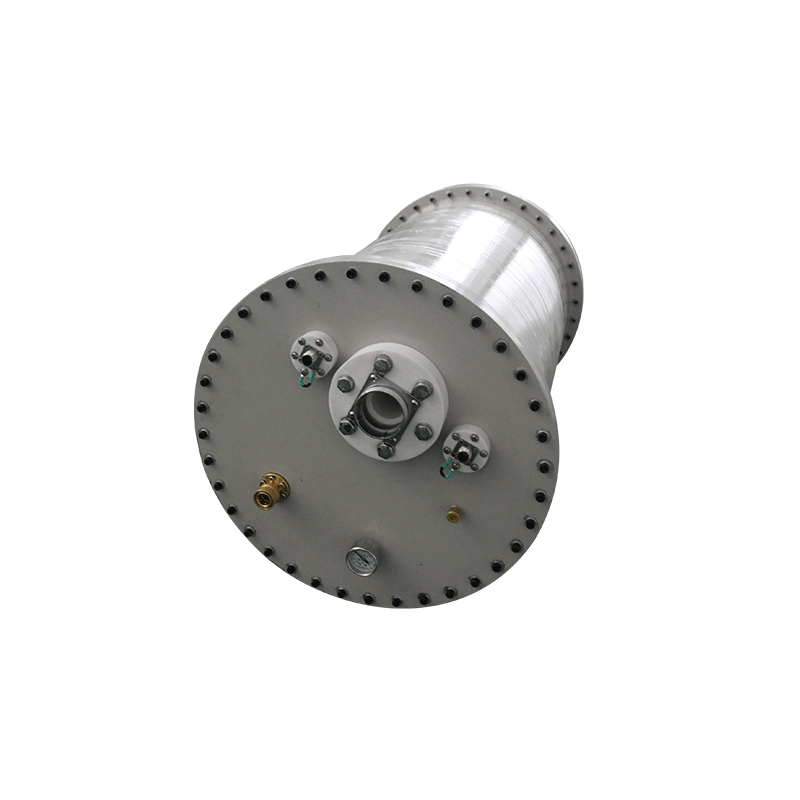Digital Management and Maintenance Optimization of Lithography High-Voltage Power Systems
High-voltage power systems in lithography equipment are undergoing rapid transformation as digital management technologies reshape the way power stability, maintenance, and operational efficiency are achieved. Lithography is among the most sensitive and complex stages in semiconductor manufacturing, requiring exceptionally stable high-voltage delivery to support illumination modules, electrostatic chucks, precision mechatronic stages, and various beam-conditioning subsystems. Digitalization allows these high-voltage systems to operate under tighter control, enhanced monitoring, and predictive maintenance strategies, resulting in improved uptime, dose accuracy, and component longevity.Traditional high-voltage systems relied on analog feedback loops, manual calibration, and reactive maintenance. The transition to digital management fundamentally changes this landscape. High-resolution digital control loops replace analog feedback, enabling extremely precise voltage regulation even under rapidly changing loads. These loops operate at high sampling rates, allowing real-time adjustments to maintain output stability within narrow tolerances. This digital approach enhances lithography performance by reducing ripple, minimizing drift, and improving synchronization with illumination and stage timing.Digital control also supports more advanced compensation algorithms. Model-based or predictive control uses mathematical models of the high-voltage subsystem to anticipate load disturbances and adjust output accordingly. This capability is especially important in lithography, where exposure pulses, stage acceleration, and electrostatic events create dynamic disturbances. Predictive digital control keeps these fluctuations from degrading dose uniformity or beam consistency.Another major benefit of digitalization is enhanced monitoring. Modern high-voltage power supplies integrate numerous sensors that measure voltage, current, temperature, partial discharge, EMI emissions, and component health indicators. Digital management systems aggregate these data streams in real time, creating a comprehensive health profile of the power subsystem. This level of visibility allows lithography equipment to detect anomalies long before they cause process disruptions. For example, increasing leakage current or subtle changes in switching frequency may indicate early component degradation. Digital monitoring enables automated alerts and adaptive derating strategies to preserve system stability.Predictive maintenance becomes a central advantage of digital high-voltage management. Using historical operation data and machine-learning-based trend analysis, the system can identify patterns linked to degradation mechanisms such as capacitor wear, insulation aging, or thermal stress. Maintenance can then be scheduled proactively rather than reactively, minimizing unscheduled downtime. This capability is crucial in semiconductor fabs, where lithography uptime directly affects factory throughput.Digital management also enhances calibration accuracy. In older systems, calibration drift over time could lead to dose errors or unstable chuck voltages. Digital calibration routines automatically adjust reference levels, scaling factors, and compensation coefficients. These routines can run periodically or respond dynamically to changes in temperature, load, or component characteristics. Automated recalibration ensures consistent performance throughout the equipment lifecycle.Cyber-physical integration is another important dimension of digitalized high-voltage systems. Lithography tools increasingly connect to factory-level monitoring and energy management platforms. High-voltage modules communicate status, energy consumption, fault logs, and predicted maintenance windows to central servers. This integration supports real-time optimization of facility energy loads, enabling the fab to schedule power-intensive lithography operations more efficiently. It also assists in root-cause analysis during quality excursions by correlating high-voltage performance with exposure results or metrology feedback.Digital enhancements also improve safety management. High-voltage breakdowns, arcs, or unexpected insulation failures can cause severe equipment damage or process interruption. Digital sensors and logic circuits detect arc signatures, sudden current spikes, and abnormal discharge patterns, triggering immediate shutdown or isolation protocols. Detailed event logs enable technicians to analyze failure modes and refine maintenance routines.In addition to stability and maintenance improvements, digitalization supports energy efficiency. Real-time measurement of conversion efficiency, thermal load, and switching behavior allows the system to optimize power consumption dynamically. Adaptive switching frequency control, digital soft-switching algorithms, and predictive cooling strategies reduce energy loss and extend component lifespan. Efficient operations reduce heat load within the lithography tool, improving temperature uniformity for critical components such as optical assemblies.Remote diagnostics significantly reduce the need for on-site technical intervention. Digital interfaces allow engineers to access high-voltage system data, run diagnostics, and apply configuration updates without physically opening the equipment. This reduces risk, accelerates issue resolution, and helps fabs maintain uninterrupted lithography operation.Digital twin technology further advances maintenance and optimization. By modeling the high-voltage system with virtual replicas that mirror real-time behavior, engineers can simulate stress conditions, evaluate component life, and test new control strategies without impacting actual production. These simulations help identify optimal regulation settings, cooling configurations, and protective thresholds.EMI management benefits as well. Digital EMI monitoring identifies emission patterns linked to switching behavior, enabling the system to modify switch timing, incorporate active noise mitigation, or adjust filtering dynamically. This prevents EMI from degrading sensitive lithography subsystems such as focus sensors or alignment modules.As lithography tools continue to scale in complexity, digital management becomes essential for coordinating multiple high-voltage nodes operating simultaneously. Synchronized communication among electrostatic chuck supplies, illumination drivers, and stage power modules ensures that disturbances in one subsystem do not propagate to others. This coordination is particularly important in advanced exposure systems where nanometer-level precision must be maintained.Through advanced regulation, predictive maintenance, real-time monitoring, digital calibration, EMI management, and integration with factory systems, digitalization transforms the high-voltage power infrastructure of lithography tools. These enhancements improve operational reliability, energy efficiency, and exposure accuracy, establishing digital management as a cornerstone of modern lithography power design.




















